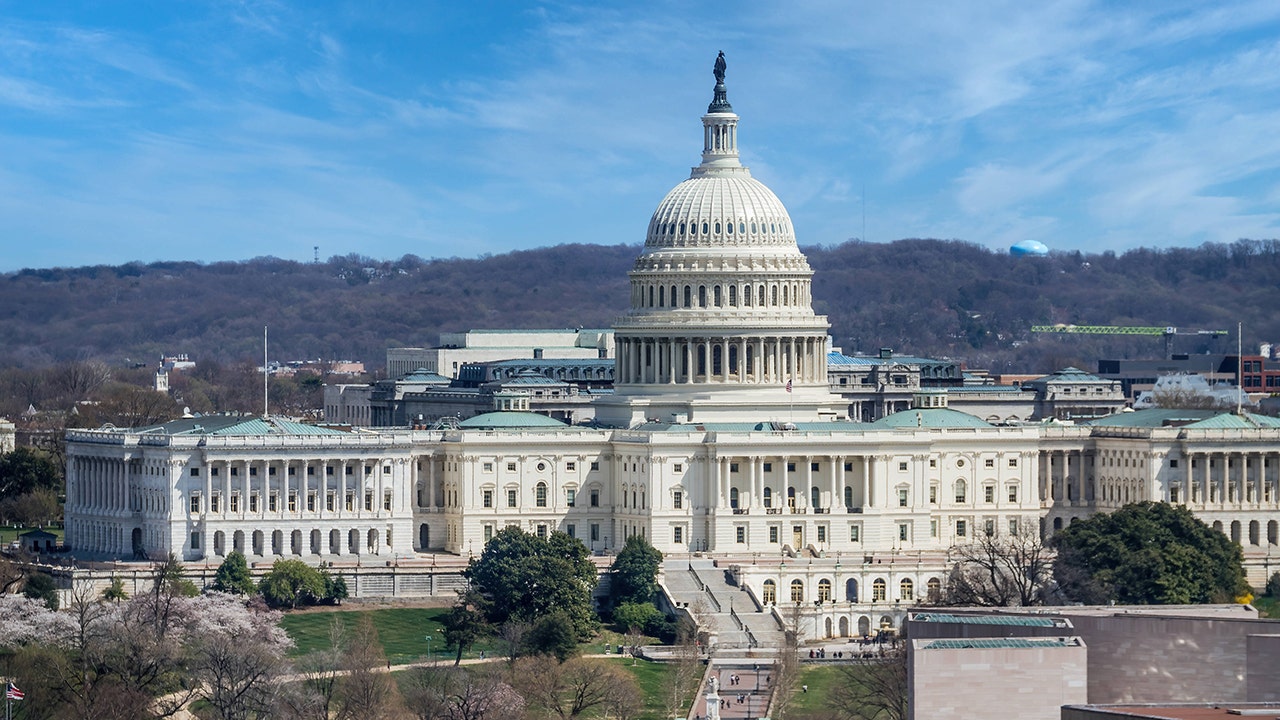Finance
US national debt tops $34T for first time in history

The U.S. national debt topped $34 trillion for the first time ever, crossing a critical milestone at a time when government spending is already under scrutiny.
The national debt – which measures what the U.S. owes its creditors — hit $34 trillion as of Friday afternoon, according to new data published by the Treasury Department. By comparison, just four decades ago, the national debt hovered around $907 billion.
“We are beginning a new year, but our national debt remains on the same damaging and unsustainable path,” said Michael Peterson, CEO of the Peter G. Peterson Foundation, which advocates for fiscal sustainability.
US NATIONAL DEBT TRACKER: SEE HOW MUCH THE GOVERNMENT OBLIGATIONS COST
The historic debt level comes as Congress races to finalize critical funding bills in order to prevent a government shutdown.
The national debt is expected to nearly double in size over the next three decades, according to the latest findings from the Congressional Budget Office. At the end of 2022, the national debt grew to about 97% of gross domestic product.
Under current law, that figure is expected to skyrocket to 181% at the end of 2053 – a debt burden that will far exceed any previous level.
“Though our level of debt is dangerous for both our economy and for national security, America just cannot stop borrowing,” said Maya MacGuineas, president of the Committee for a Responsible Federal Budget.
Even more worrisome is that the spike in interest rates over the past year and a half has made the cost of servicing the national debt more expensive.
That is because as interest rates rise, the federal government’s borrowing costs on its debt will also increase. In fact, interest payments on the national debt are projected to be the fastest-growing part of the federal budget over the next three decades, according to the CRFB.
Payments are expected to triple from nearly $475 billion in fiscal year 2022 to a stunning $1.4 trillion in 2032. By 2053, the interest payments are projected to surge to $5.4 trillion.
To put that into perspective, that will be more than the U.S. spends on Social Security, Medicare, Medicaid and all other mandatory and discretionary spending programs.
Read the full article here


















